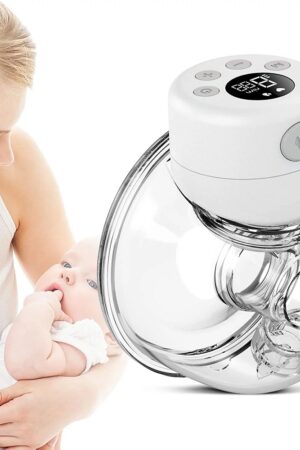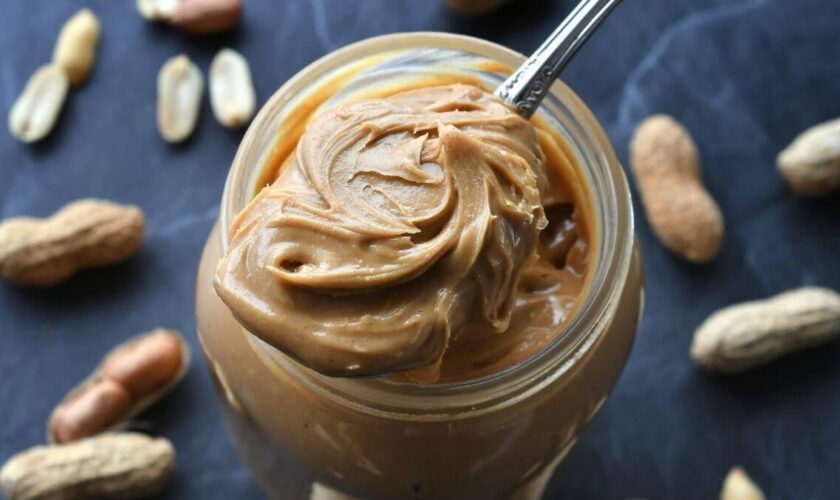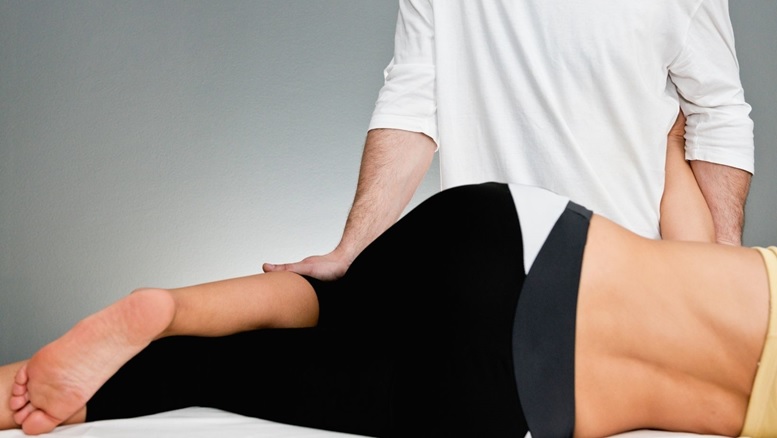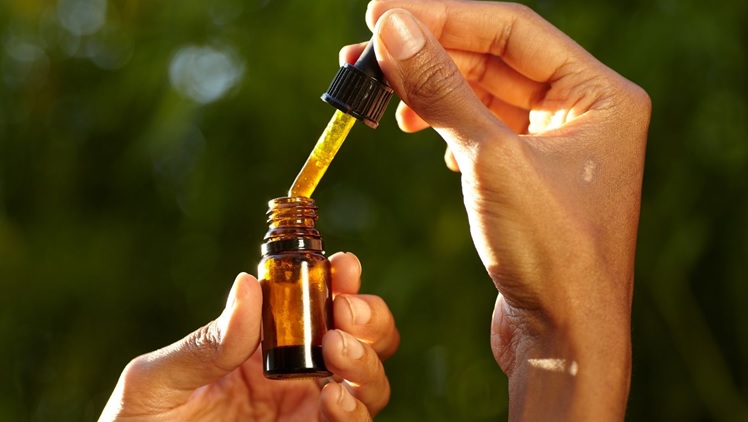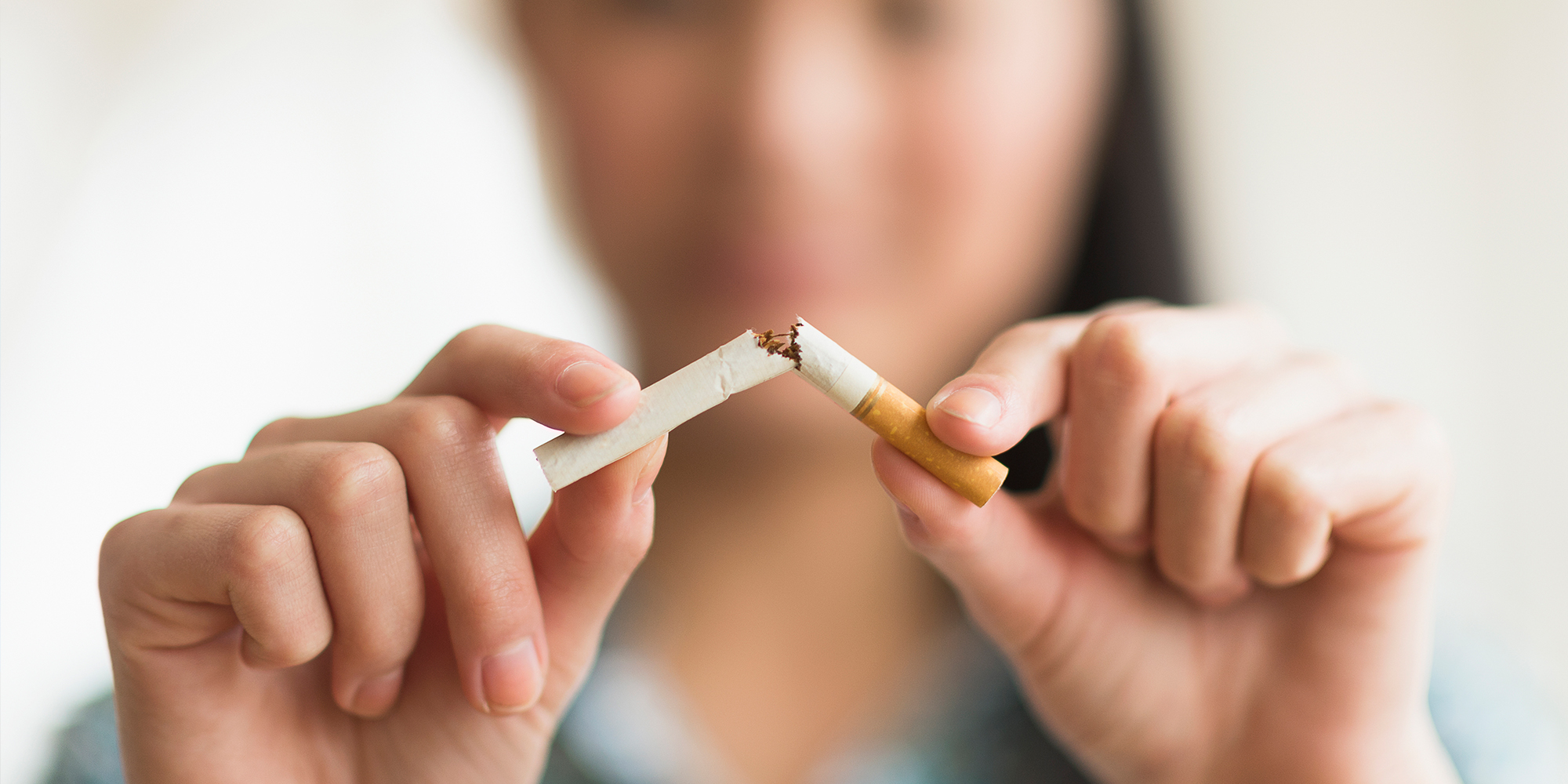Toddles are very sensitive and need to be fed the right diet. This should include nutrition-dense foods like fruits, vegetables, milk, healthy fats, and protein-rich foods. Other lesser-known foods include peanut butter. It’s laden with minerals and vitamins, for instance, copper, niacin, and iron and all are essential for growth and development. Should I introduce peanut butter to m child? There are various reasons to do this.
How do I choose healthy peanut butter for my baby?
The market is saturated with different varieties of butter containing diverse ingredients. These determine the mineral and vitamin levels, but this doesn’t complicate the selection process. It’s easy to choose the best product. Here’s how?
- Analyze the ingredients list and nutritional label-Butter with 100% peanuts is the best.
- Choose one with extra flavors-This will give your baby a particular craving and always want to have it. For instance, most toddlers fancy chocolate flavors.
Reasons to Introduce Peanut Butter for Your Baby
- Promotes growth& development.
Nutrients are essential for your baby’s normal growth and development, particularly during the first twelve months of life. And this is why peanut butter is handy. The best peanut butter for babies contains various vitamins and minerals that aid brain development, heart and bone health, and general development.
- Aids in weight gain.
Peanuts are rich in protein and lipids, and peanut butter can help your toddler gain weight. It’s rich in healthy fats and is safe for the baby. What’s more, peanut butter is a cost-effective form of food. It’s also a tastier choice, making it a great choice for fussy eaters.
- Reduces peanut allergies.
Giving your infant peanut butter when they’re young will help prevent peanut allergies later. It is especially beneficial for infants at high risk of developing food allergies, such as those who have an egg allergy or severe eczema. To be safe, speak with your pediatrician before giving peanut butter to your infant; this helps avoid any health concerns.
- Promotes healthy diet habits.
Children’s nutrition habits are formed when they are introduced to foods that promote healthy eating habits. Studies show that giving salts and sugar to a baby can influence how they eat as they grow. When you introduce complementary foods to your baby, you limit food intake with high sugars and salts. Instead, you should give softened vegetables with thinned peanut butter; this will help build healthy habits.
- Offer easy transition to solid foods.
Babies transition from liquid diet to solid meals at the age of six months. As you introduce solid food, you can incorporate peanut butter to enhance the nutritional value of your baby’s food. Why rely on peanut butter? It’s soft since it’s oiled and is easy to incorporate into different meals.
Wrapping up
Peanut butter has proven to be extremely healthy. Infants require all of the nutrients necessary for growth during their first year of life. Peanut butter has got most major nutrients needed; hence it is ideal for your kid. It also boasts healthy fats necessary for a kid’s healthy development.

